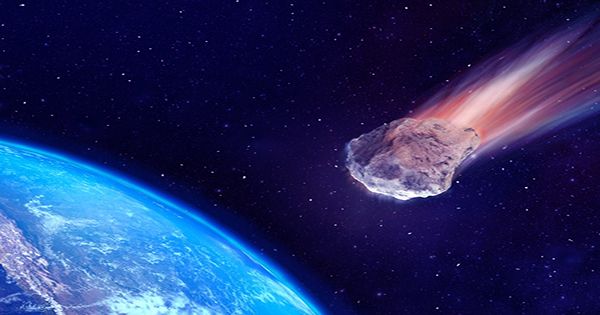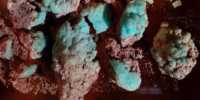In addition to the age of the oldest surviving rocks we have found there. Now geologists think that’s what it is – they were formed when a meteorite struck a young man on Earth, melting and transforming existing rocks. The asteroid bombings were so intense at this time that many of the world’s first rocks were formed in this way. Canada’s Idiwhaa gneisses (high-grade metaphorical rocks) are 4.02 billion years old, making it the oldest set of rocks in the world, although even older small grains are found in the Jack Hills of Western Australia.
Idiwhaa is a felsic rock, whose superior silica content has surprised geologists because other primary crystalline materials are lower in silica. Models of early crystal formation are consistent with the formation of lower-silica rocks at first, but not as small silica-rich minerals such as granite from the Idiwhaa rocks, Acasta River region.
Dr Tim Johnson of Curtin University in Australia has given an explanation in Nature Geoscience. Johnson said in a statement, “Our modeling shows that the rocks of the Acasta River formed from the melting of pre-existing iron-rich basaltic rocks, which formed the upper layers of the crust in primitive Earth.” The basaltic rocks of the era are thought to be similar to the ocean basins of today’s world.
Silica-rich rocks like these require temperatures to form 800º-900ºC (1,500º-1,700ºF), yet Johnson and co-authors found that the Idiwhaa rock was formed at relatively low pressure, suggesting that they were within 3 kilometers (2 miles) Came from. Deeper than the Earth’s surface where some rocks have been formed, as Johnson put it: “In such a situation, something special was needed to produce a temperature of 900 degrees Celsius.”
The authors argue that a collision with a decently sized asteroid would be sufficiently appropriate. We learn from the grooves of other planets and moons that asteroids illuminate the inner solar system with enormous effects, the first
million years after the formation of the Sun. The Earth was no exception, but weather and tectonic activity have removed most of the evidence. Idiwhaa rocks seem to be a valuable exception.
Johnson argued that the bombing was so intense that the planet’s early continental rock probably had a similar source, but the same forces that removed the craters from this era also destroyed most of the mineral. Even the Idiwhaa gneisses have been mixed with iron-rich minerals formed about 3.6 billion years ago, confusing the image of their origin.
The formation of silica-rich rocks on Mars is an ongoing study, giving the conclusion a much broader impact. The word Idiwhaa comes from the ancient language of the Tlicho people, the aborigines of the river region in the sky.
















